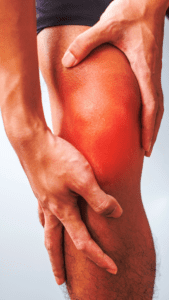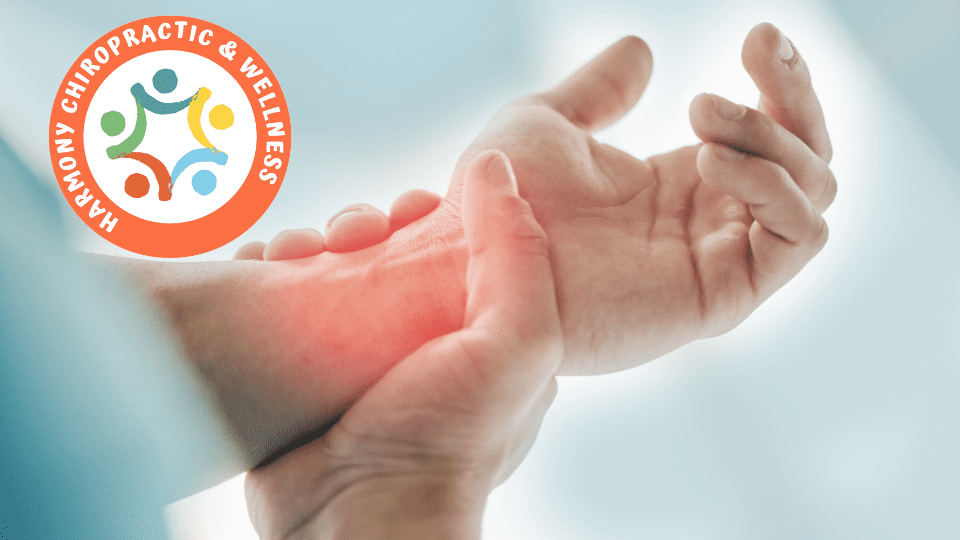Tendinitis vs. Tendinosis
Tendons are strong bands of fibrous tissue that connect muscles to bones. When tendons become inflamed or irritated, it can cause pain and limited mobility which can affect our overall performance. However, not all tendon injuries are the same. Two common conditions that affect tendons are tendinitis and tendinosis. People often use them interchangeably, however there’s a significant differences between the two.
Tendinitis
Tendinitis is the inflammation of a tendon, usually caused by overuse or injury. It often occurs in the tendons of the shoulder, elbow, wrist, knee, or ankle. One of the things to note about tendons is that they convey immense amounts of sensory, motor, and pain receptors up to the brain. Symptoms of tendinitis include pain, swelling, and stiffness in the affected area. Treatment typically involves a combination of rest, ice, and manual therapy along with anti-inflammatory medications. Some cases can include steroid injections. Often athletes who engage in activities that involve repetitive motion, such as running, jumping, or throwing see this condition appear more.
Tendinosis
On the other hand, tendinosisis a degenerative condition that occurs when a tendon is repeatedly stressed over time, causing micro-tears in the tendon tissue. Microscopic tears, disorganization of collagen fibers, and a lack of inflammation are its key characteristics. Unlike tendinitis, tendinosis is not caused by inflammation. Instead, it is a chronic condition in which the tendon degenerates and becomes weaker over time. This often leads to pain, stiffness, limited range of motion, and weakness in the affected area. Treatment typically involves a combination of manual therapy, deep tissue massage, and other soft tissue therapies, as well as exercises to strengthen the tendon and improve flexibility.
Chiropractic Care for Tendinitis and Tendinosis 
Chiropractors are healthcare professionals who take great pride in diagnosing and treating musculoskeletal conditions, including tendinitis and tendinosis. At our clinic, we take a detailed and thorough approach to care. We focus on addressing the underlying causes of the condition rather than just the symptoms.
For tendinitis, recommendations include rest, ice, compression, and elevation, as well as gentle stretching exercises to help restore flexibility and range of motion. Soft tissue therapy/mobilization techniques are also used during treatment to help reduce inflammation and improve mobility to the affected area. For tendinosis, chiropractors may use a combination of soft tissue therapy/mobilization such as myofascial release, and instrument-assisted soft tissue mobilization along with activity modifications, and pain education to help manage the condition. They may also recommend exercises to help strengthen the affected tendon and surrounding muscles, as well as ergonomic modifications to prevent further injury.
Chiropractors may also use spinal manipulation to help alleviate pain and improve overall function. Particularly if the tendinosis is affecting other areas of the body due to compensation or altered movement patterns.
In conclusion, while tendinitis and tendinosis are different conditions that require different treatments, chiropractors can help with both by using a variety of techniques. By working with patients to address their pain and improve their mobility, we can help them return to their normal activities as quickly as possible. If you are experiencing pain or discomfort in your tendons, consider scheduling an appointment to discuss your treatment options.


